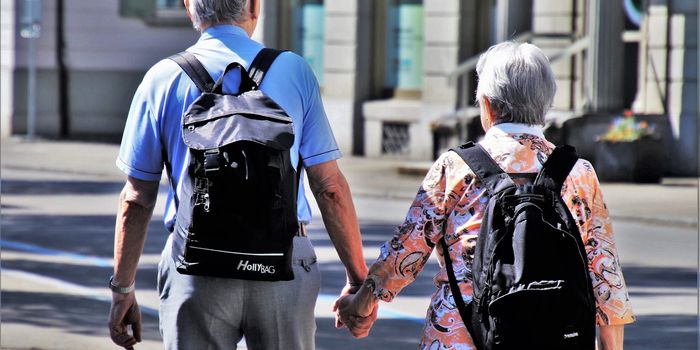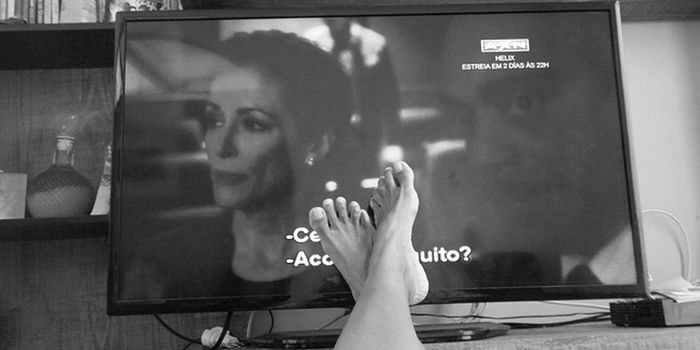A Better Way to Detect Falls at Home Among the Elderly
Falling is a serous problem for older adults that can cause pain, injury, and death, though it is preventable. According to the Centers for Disease Control and Prevention, unintentional falls are the main cause of injury or death among adults older than 65. Worldwide, it's estimated that about 26 percent of older adults suffer falls; about five percent of them lead to fractures and five to ten percent cause other injuries. A 2023 JAMA Network study determined that in 2020, there were 42,114 deaths in the US that were related to falls.
Scientists have now created a new method for detecting falls among elderly adults who are at home, with the aim of reducing response times. This tool involves a human action recognition (HAR) algorithm that relies on a device like a smartwatch, smartphone, laptop, or desktop computer to identify abnormal movements. This data can be analyzed without having to transmit it offsite for processing.
The researchers developed this system, called Rapid Response Elderly Safety Monitoring (RESAM), and showed that it has 99 percent accuracy and a 1.22-second response time to falls.This ranks it among some of the best methods that are currently available. The tool monitors with images that are reduced to skeletal outlines, so privacy is protected while still allowing for an analysis of limb movement. The work has been reported in IEEE Transactions on Neural Systems and Rehabilitation Engineering.
"When many people talk about high tech, they are discussing something cutting edge, like a fancier algorithm, a more powerful assistant to do jobs faster or having more entertainment available. We observed a group of people: senior citizens who need more help but normally do not have sufficient resources or the opportunity to tell high-tech developers what they need," noted study author Professor Yu Chen of Binghamton University.
The scientists aimed to create something that would be familiar to elderly folks, instead of developing something entirely new.
Although bathrooms are the most dangerous place in the home when it comes to falls, no one wants a camera there, noted Chen. So the RESAM system could be one aspect of a tool that uses infrared or thermal cameras to assess locations remotely, while preserving a person's sense of well-being. Chen refers to this concept as "Happy Home."
Another idea is to combine this approach with something like a robot dog that can observe a person as they go about their day.
Sources: Binghamton University, IEEE Transactions on Neural Systems and Rehabilitation Engineering









